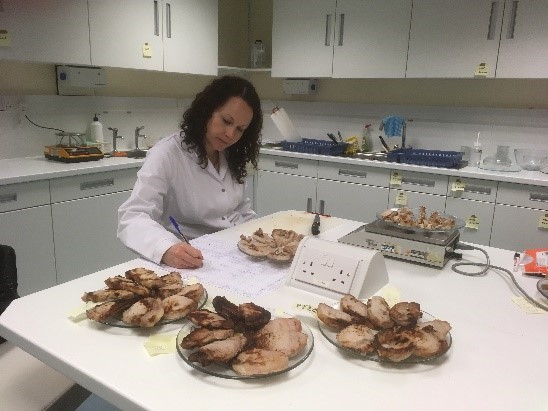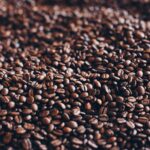Producing new data on the nutritional composition of pork
Have you seen the new campaigns promoting fresh pork? Within the adverts the Agriculture and Horticulture Development Board (AHDB) are marketing pork medallions as “just as healthy as chicken breasts”. But are they? That’s where we come in.
It is thought that modern cuts of pork have may different nutrition profiles and lower in fat than those we analysed back in 1992 (the last meat survey we carried out) and the most recent data in the UK Composition of Food dataset (CoFID). FDNC scientists have recently been funded by AHDB and Public Health England (PHE) to carry out a new study to update the nutrition information on various cuts of pork, via laboratory analysis. The new data being generated will be included in one of the next updates of CoFID.
We have analysed raw and cooked pork medallions, steaks, and roasted joints, both the lean and the fat components, sampled from 8 supermarket chains and independent butchers. Since regional sampling is not considered important for pork, shopping was carried out within Norwich and the surrounding areas, reducing the risk of spoilage during transportation and storage. Once the pork was prepared, using typical consumer cooking and preparation practices (but without the addition of extra ingredients such as oil), sub-samples were combined into the final composite sample and homogenised thoroughly to ensure the meat samples were representative before analysis.
To be labelled as ‘low fat’ there must be less than 3g of fat in 100g of food and we are as interested as you in finding out if the new lean pork medallion data will be under this threshold. In the meantime, here are examples of just some of the current data we hold in CoFID for lean meats:
| Fat g/100g | Sat Fat g/100g | Protein g/100g | Iron mg/100g | Zinc mg/100g | |
| Pork, lean, average raw | 4.0 | 1.4 | 21.8 | 0.7 | 2.1 |
| Chicken, light meat, raw | 1.1 | 0.3 | 24.0 | 0.5 | 0.7 |
| Beef, lean, average, raw | 4.3 | 1.7 | 22.5 | 2.7 | 4.1 |
| Lamb, lean, average, raw | 8.0 | 3.5 | 20.2 | 1.4 | 3.3 |
Our work on pork may lead into further analysis of other types of meat with the data we produce feeding into the UK Composition of Foods Dataset.











